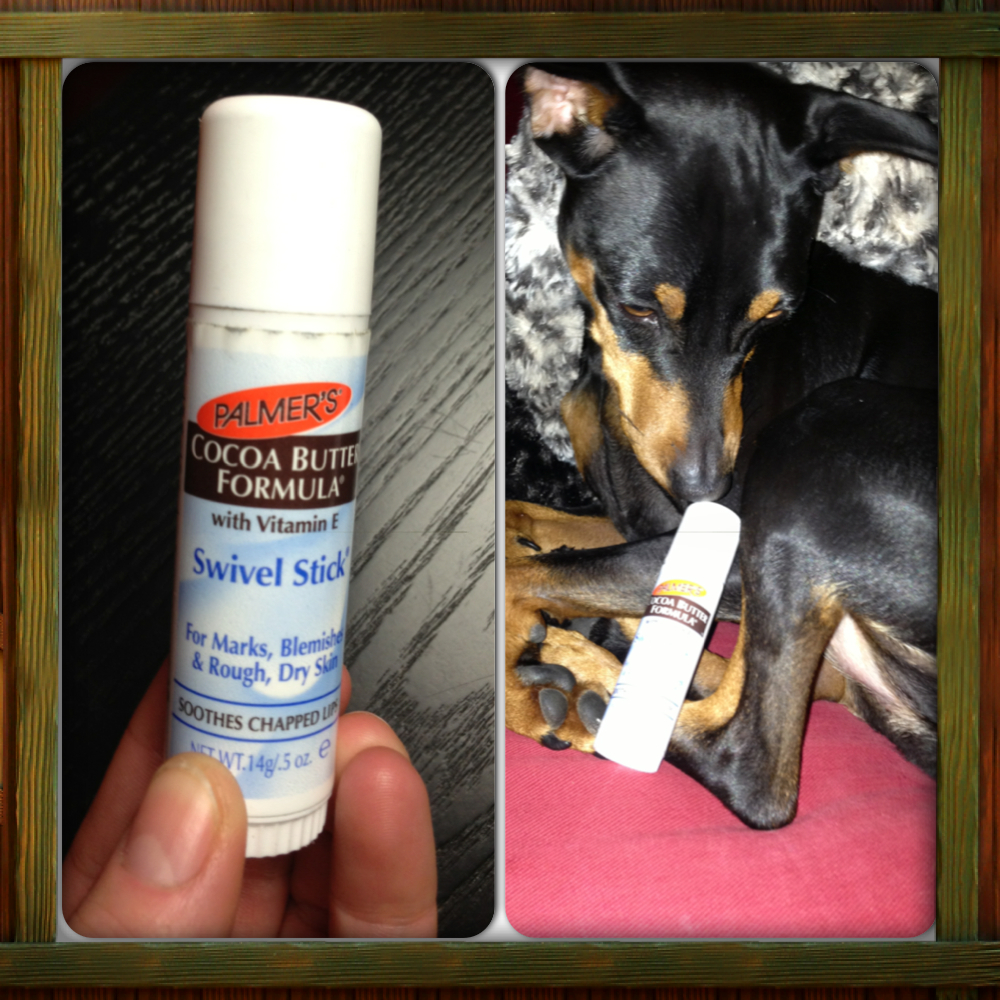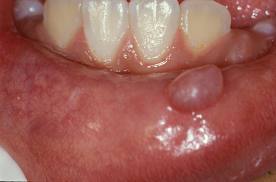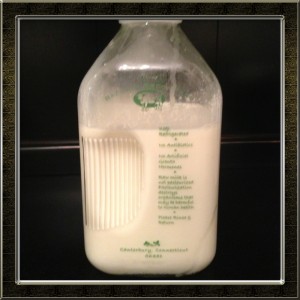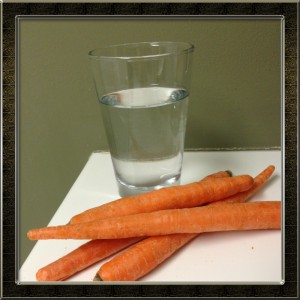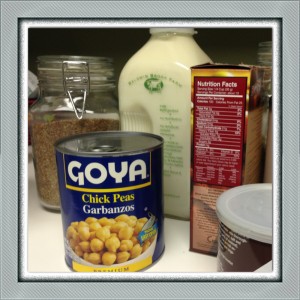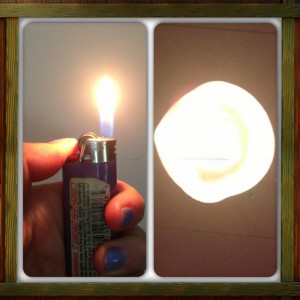The American Heart Association, for the past nine years, has been promoting the GO Red for Women Campaign to make women aware of their risks for heart attacks (cardiac arrest). I not only support this as a female Healthcare Practitioner (HCP) but also as some who works with cardiac arrest patients, the more people know their risks and how to stay healthy, the more empowered they are to actually BE healthy! Approximately 8.6 women die annually, worldwide, from heart attacks; that is a lot of women who may have not known the signs and symptoms of a heart attack and gone for help too late, or not at all. Show your support on Feb 1st 2013 by wearing red and spreading the knowledge to other women in your life about the signs of heart attacks in women (which can differ from men) as heart attack is the highest rate of death among women. Knowledge is power and can save your life!
What are signs and symptoms of heart attack (cardiac arrest) in women?
– Fullness or pressure in your chest (may come and go and feel like a gas bubble or indigestion)
– Nausea and/or vomiting
– Sweating
– Jaw pain: may resemble that of temporal mandibular joint (TMJ) pain
– Light-headedness, feeling of faintness
– Chest pain that may come and go, and not be extremely painful, but more annoying.
Most women do not get the typical left arm pain that radiates into their chests, as men typically do. Women tend to come into the hospital later on in their heart attack than men because they just think they are feeling unwell with a cold/flu, very run down, but really they are in the early stages of their cardiac arrest…so there is more cardiac damage done by the time women come in for care.
What do I do if I think I’m having a heart attack?
– Call 911 (or emergency services)
– If someone is with you, and you know where a local hospital is, have them take you, but only if they are able to drive safely (If they are super stressed and freaking out, it might be safer for you to sit tight and call for Emergency Services)
And I totally know that it is easier said than done, but try to stay calm, and relax as much as possible. There are many options for quick and efficient treatment, and people live full and healthy lives after having heart attacks.
What can I do to prevent heart attacks?
Eat a clean healthy diet, low in sodium and saturated fats, and get at least 30 minutes of cardiovascular exercise per day. Keeping your heart in-shape is the best way to prevent a heart attack. Also, talk to your HCP about your risks, and getting your blood pressure and labs checked at your annual exam can also help you to know your risk factors. The American Heart Association also put together a little heart test, to test your knowledge. Know the symptoms and share with other women in your life to help save their life.
Spread the knowledge, it will save lives.
Yours in Good Health
B


